The Garden Master. Mittleider Method
mailman22
16 years ago
Featured Answer
Sort by:Oldest
Comments (12)
ruthieg__tx
16 years agopnbrown
16 years agoRelated Professionals
Wheeling Landscape Architects & Landscape Designers · Pelham Landscape Contractors · Stoughton Landscape Contractors · Brookline Landscape Contractors · Desert Hot Springs Landscape Contractors · Duarte Landscape Contractors · Gurnee Landscape Contractors · Lewisville Landscape Contractors · Oak Forest Landscape Contractors · Pleasanton Landscape Contractors · Richmond Landscape Contractors · Secaucus Landscape Contractors · University City Landscape Contractors · Wickliffe Landscape Contractors · Eastlake Landscape Contractorsskagit_goat_man_
16 years agomailman22
16 years agowayne_5 zone 6a Central Indiana
16 years agobyron
16 years agobob_r_soils
15 years agopaul_christy_gmail_com
12 years agostt60
12 years agomuscadines978
8 years agoPumpkin (zone 10A)
8 years ago
Related Stories
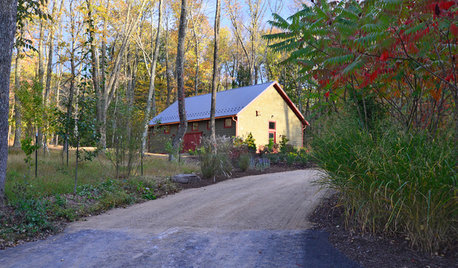
BACKYARD STUDIOSMaster Builder Crafts a Dream Workshop
A design-build firm owner uses an economical building method for his large shed and finishes it off nicely to blend into the scenery
Full Story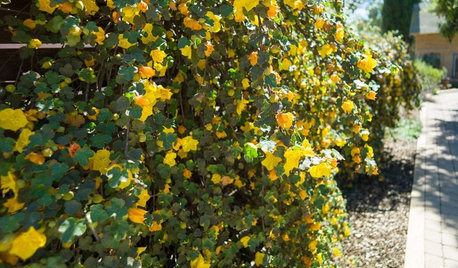
GARDENING GUIDESTidy Up Sprawling Native Shrubs With These Pruning Tips
Sound horticultural pruning methods work for native and nonnative plants alike
Full Story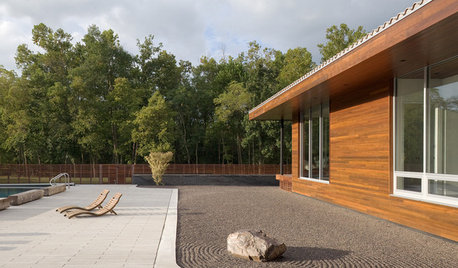
LANDSCAPE DESIGNMake Your Garden Come Alive With a Sense of Movement
Master the illusion of motion for an exceptional garden that stirs emotions and the imagination
Full Story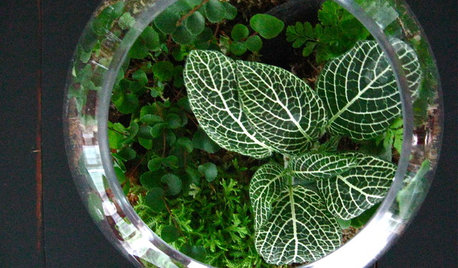
HOUSEPLANTSGardens Under Glass: How to Make Your Own Terrarium
Be the master of a mini ecosystem indoors — the low-maintenance, highly rewarding kind that fits any room
Full Story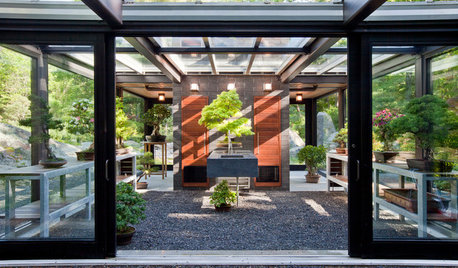
OUTBUILDINGSModern Masters Inspire a Glass Garden House
Distilled down to structural steel and glass, this greenhouse and tearoom in Massachusetts is tops in elegance
Full Story
ORGANIZING‘Tidying Up’ Author Marie Kondo Tells How to ‘Spark Joy’ at Home
A new book from the author of ‘The Life-Changing Magic of Tidying Up’ delves deeper into her KonMari Method of decluttering and organizing
Full Story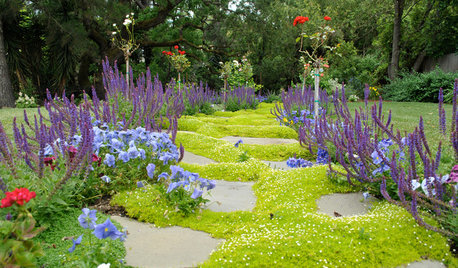
LANDSCAPE DESIGNExplore Your Garden Personality: The Whimsical Gardener
Begging exploration and drawing smiles, whimsical gardens make an art form of fun. Here’s how to keep them in balance
Full Story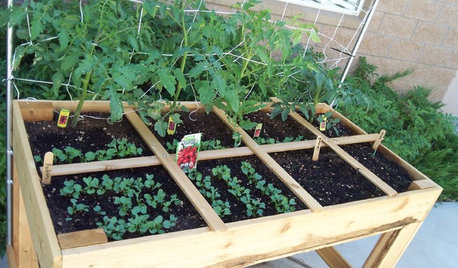
GARDENING GUIDESMaximize Harvests With Square-Foot Gardening
This efficient edible-gardening technique can help people who are short on space
Full Story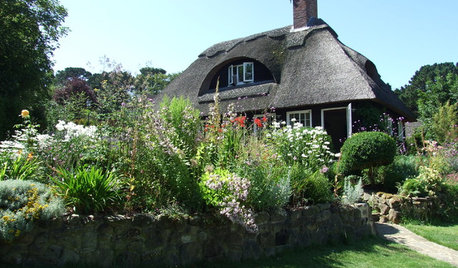
LANDSCAPE DESIGNHow to Create a Cottage-Style Garden
If you like an abundance of plants — and visits from birds, bees and butterflies — this may be the style of yard for you
Full Story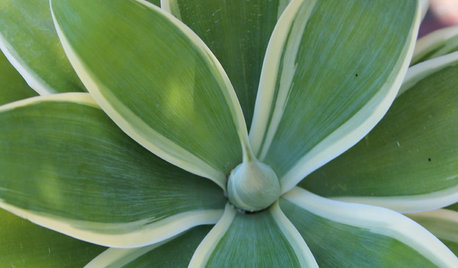
CALIFORNIA GARDENINGCalifornia Gardener's April Checklist
Outsmart droughts with water-savvy plants and sustainable approaches that suit the landscape
Full Story





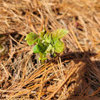
muscadines978